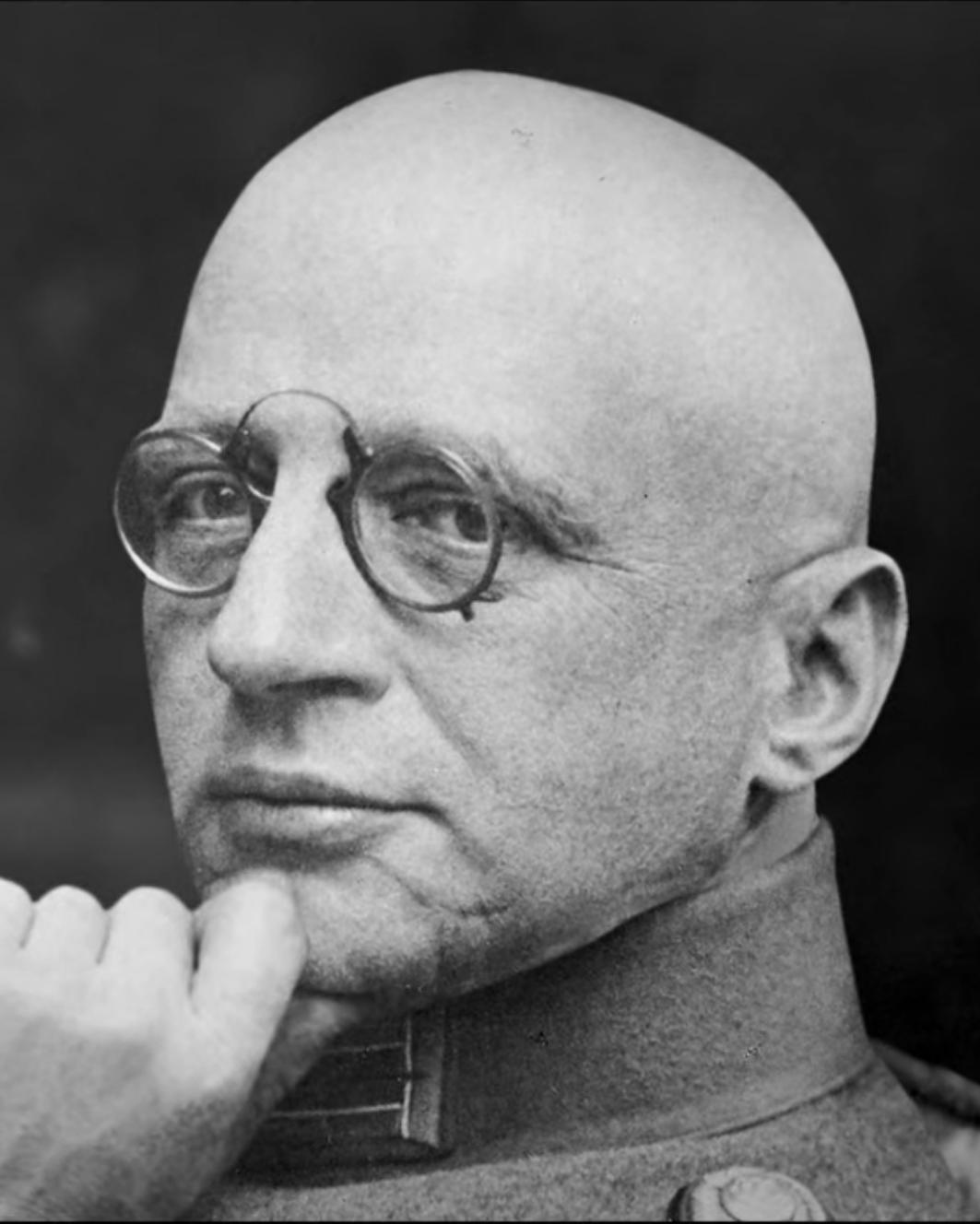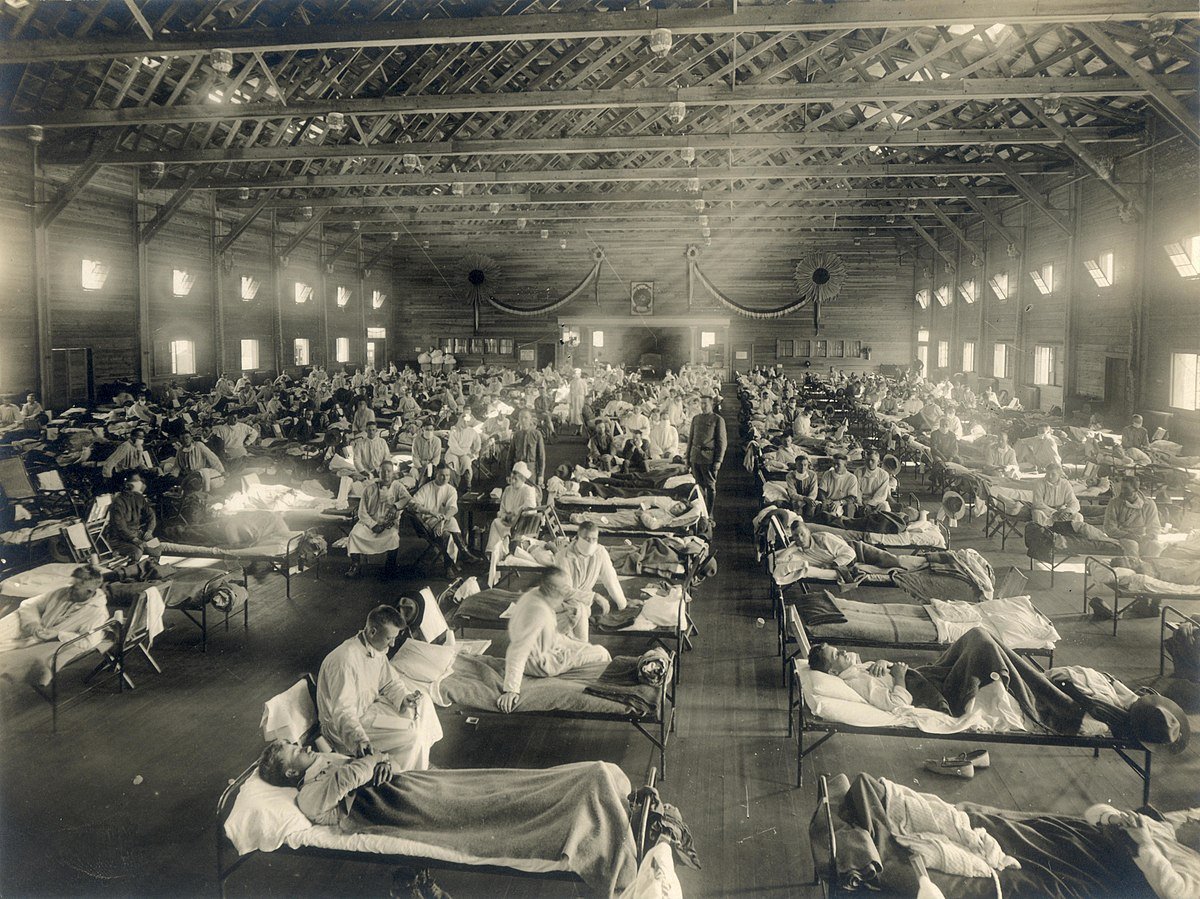According to many scientists, Fritz Haber made the greatest discovery of the 20th century. But he went down in history as the “father of chemical weapons”.
We often tend to categorize people and inventions as good or bad, ethical or unethical. But Fritz Haber reminds us that things are not always black and white and that reality is inconveniently complex.
- 1.1 million seeds stored… Noah’s Ark in Norway, what is the secret of the mysterious vault?
- EU announces fresh Russian gas commitment
Fritz Haber and Nitrogen Gas
Fritz Haber was born in Germany in 1868, the son of a Jewish merchant. Defying his father who insisted that he pursue his own profession, Haber studied chemistry. At the age of 30, he became a professor at the University of Karlsruhe. In his scientific work, Haber focused on the synthesis of ammonia. At the beginning of the 20th century, humanity faced an incredible famine. A chemist, William Crookes, had predicted in 1898 that “millions of people would starve to death for lack of nitrogen fertilizer”. Meanwhile, Fritz Haber came up with a solution to help feed the world’s growing population.

In the first box of group 5A in the periodic table is Nitrogen gas. Nitrogen is essentially a gas in its free state, consisting of diatomic molecules, indifferent to most chemical reactions. But in compounds, nitrogen gas is of great importance for our lives. This is because proteins, which make up an important part of our food and even our bodies, are nitrogenous compounds. Ammonia is used for industrial production of proteins, nitric acid or nitrogen fertilizers. The most abundant and cheapest nitrogen is in the air, but it is not easy to extract it from its freedom and bind it in ammonia.
Feeding People with Nitrogen Gas

In 1909, Fritz Haber created a device that succeeded in converting nitrogen in the air into ammonia. The patent rights were purchased by the company BASF (Badische Soda und Anilin Fabrik). Carl Bosch replaced the osmium or uranium catalysts used in Haber’s work with cheaper magnetite and aluminum oxides. This allowed the discovery to be applied on an industrial scale.
The Haber-Bosch process remains a mainstay of industry today. For this invention, Fritz Haber received the Nobel Prize in 1918 and C. Bosch in 1931. This made the production of ammonia much easier and cheaper. Since fertilizer is included in the agricultural products we eat, an estimated 40% of the essential nitrogen in every human body comes from the Haber-Bosch process.

But the Haber-Bosch process was also important for producing nitrogen-based explosives for the German Army during World War I. Had BASF not started producing ammonia in 1913, the war would have ended in a few months, or Germany would never have risked going to war. Ammonia factories produced the nitric acid needed to make explosives such as cotton powder, dynamite and TNT, thus avoiding ammunition shortages.

Meanwhile, Fritz Haber began developing chemical weapons for the German army. On April 22, 1915, near Ypern, Belgium, the Germans used chemical weapons for the first time against the French. In the war, 90,000 soldiers were killed by chemical weapons and more than one million were wounded.
Fritz Haber and his wife Clara Immerwahr
Fritz Haber was married twice and had three children. His first wife was Clara Immerwahr. Clara Immerwahr was a Jewish chemist. In 1900, she graduated from the University of Breslau as the first woman to receive a doctorate. She later married Fritz Haber. In 1902, after their son was born, she had to change her life from a chemist to a housewife. Immerwahr strongly opposed Haber’s work on chemical weapons.

She shot herself in 1915, a week after the first gas attack in Ypres, Belgium. Their son Hermann, aged about 13, found his mother dying. The day after this, Haber left his son behind and went to the front to see the use of chemical weapons in action. Two years later, in 1917, Haber married his second wife, Charlotte Nathan.
Since 1991, the IPPNW Germany has been awarding the Clara Immerwahr Prize in memory of Clara Immerwahr, who advocated that science should only be used for peaceful purposes. In 2014, Clara Immerwahr’s life was portrayed on the big screen in a movie.




